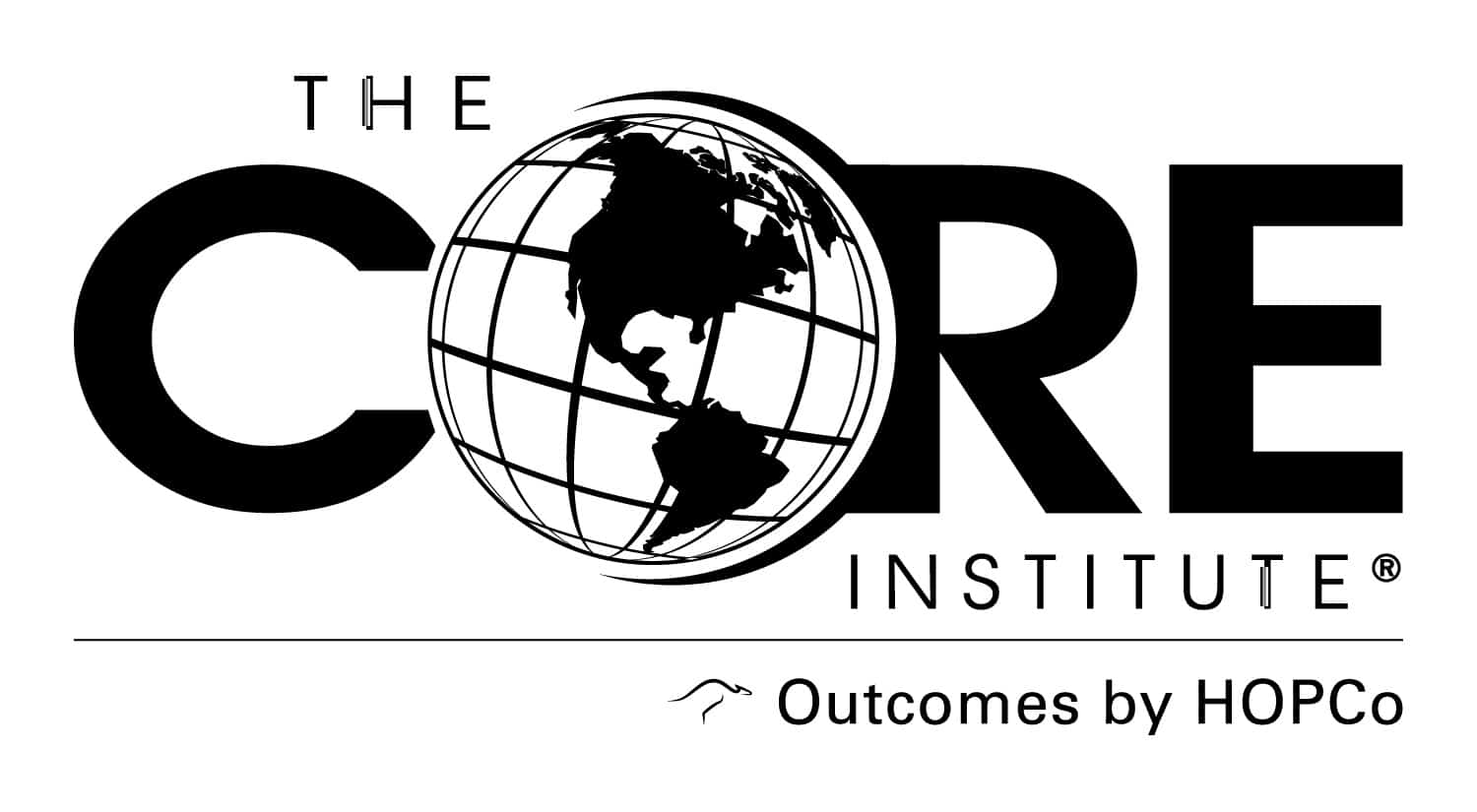Dr. Amalia De Comas remembers one of her favorite patient stories: A tiny 3-year-old child with Ewing’s sarcoma, a rare type of cancerous tumor that grows in bones or the soft tissue around bones. The tumor was in the little girl’s lower leg, in the tibia, commonly known as the shin bone.
“So much of the surgery was complicated and involved long-range planning. The patient was small, still growing, and needed to still go through an oncology regimen like chemo and radiation,” recalls Dr. De Comas, one of The CORE Institute’s premier musculoskeletal oncologists. She works in tandem with entire teams of surgeons and specialists to help restore patient limbs when cancer or tumors affect their life.
“In this case, we removed a segment of the child’s bone and replaced the affected section with a piece of her own fibula – the other leg bone. A plastic surgeon worked on the small blood vessels of her leg to restore blood flow to the bone, which gives the bone ‘life’. She’s now 5 and a half years old and disease free. Which is exactly why I go to work in the morning.”
Restoring Quality of Life
Dr. De Comas’ skill as a surgeon is matched only by her ability to create close relationships with her patients. Which is exactly what her patients need: support in what is likely the most harrowing time of their lives – whether the tumor is cancerous or just a cartilage lesion. Specializing in orthopedic oncology, she is deeply committed to working on limb and bone salvage. Dr. De Comas has advanced training in removing cancer from soft tissues and bones, safely removing tumors while preserving the healthy tissue around it.
“Sometimes, I am working to restore my patient’s quality of life. I don’t want my patient to be in a wheelchair because of pain or weakness,” she says. “It may not always extend their life but being able to walk or move pain free definitely affects their quality of life. Seeing someone walking or able to hang out with their grandchildren, graduate college, or travel without pain is my reward.”
Dr. De Comas always enjoyed orthopedic surgery, but the more she learned about oncology, she was hooked. “I love the interdisciplinary nature of it – from medicine to pathology and processes – I work with everyone like radiologists, plastic surgeons and oncologists.”
Advancing Technology
The evolution of bone and soft tissue reconstruction is improving at a rapid pace thanks to technology advancements. “Some of the things we are able to do now are much more progressive and exciting,” Dr. De Comas says. Endoprostheses, skeletal support structures made of metal and plastic, allow surgeons to reconstruct entire bones and joints without the need for amputation in many patients.
Another innovation is a telescopic prosthesis of sorts, critical in addressing a growing child’s need for flexibility and expansion. “Implants that can grow with the kids who are still growing instead of putting the child through multiple surgeries to adjust an implant to their growth not only serve to limit surgeries but also assist in limb salvage and avoid amputation.”
Often Dr. De Comas is called upon to stabilize a bone before a patient begins cancer treatments, so they can avoid fractures, allowing radiation oncology to do their work. “Again, it’s all about quality of life for me. I can help patients function and limit their pain. Just because you have cancer doesn’t mean you can’t have a meaningful life.”
- Check Your Spine - April 14, 2021
- 10 Tips For Your Best Home Workout - April 14, 2021
- Faster Service… No Appointment Necessary! - April 14, 2021
